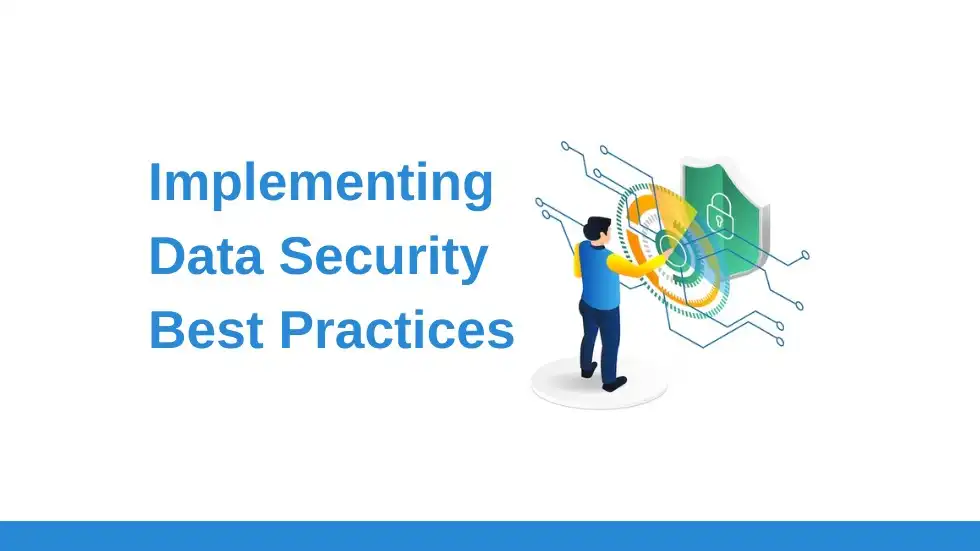In today’s data-driven world, data security is no longer an option – it’s an absolute necessity. From enterprise behemoths to nimble startups, data breaches can have devastating consequences, costing millions in fines, damaging reputations, and eroding customer trust. Fortunately, by implementing a set of proven data security best practices, you can significantly reduce the risk of data exposure and create a culture of security within your organization.
Identifying Your Crown Jewels: Classifying Sensitive Data

The first step in any data security strategy is understanding what needs protecting. Not all data is created equally and identifying your most sensitive information – often referred to as “crown jewels” – is crucial. This could include:
- Personal information: Customer names, addresses, social security numbers, and healthcare data all fall under this category and require robust safeguards.
- Financial data: Credit card details, bank account information, and transaction records demand heightened protection due to their financial implications.
- Intellectual property: Trade secrets, proprietary algorithms, and confidential business plans require stringent security measures to prevent unauthorized access or disclosure.
By classifying your data based on its sensitivity level, you can prioritize data security efforts and allocate resources effectively.
Building a Fortress: Implementing Essential Data Security Measures
Once you’ve identified your sensitive data, it’s time to fortify your defenses. Here are some key data security best practices to consider:
Access Control:
- Principle of Least Privilege: Grant users only the access they need to perform their duties. Restricting access based on roles and responsibilities minimizes the attack surface.
- Multi-Factor Authentication (MFA): Add an extra layer of security by requiring a second verification factor, like a code from your phone, for sensitive operations.
Data Encryption:
- Encrypt data at rest and in transit: This scrambles information, making it unreadable even if intercepted, protecting it from unauthorized access.
- Choose the right encryption method: Different types of encryptions exist for different scenarios. Consult with security experts to select the most suitable solutions for your needs.
Physical Security:
- Secure your physical environment: Control access to server rooms, workstations, and mobile devices. Implement security measures like locks, cameras, and access control systems.
- Regular backups and disaster recovery: Regular backups ensure data availability in case of disasters, while a robust recovery plan minimizes downtime and data loss.
Ongoing Vigilance: Monitoring and Maintenance
Data security is not a one-time project; it’s an ongoing process. Here’s how to maintain your defenses:
- Continuous monitoring: Utilize security software and tools to detect suspicious activity and potential threats.
- Regular updates and patching: Address vulnerabilities promptly by patching operating systems and applications regularly.
- Security awareness training: Educate employees about cyber threats and best practices for secure data handling.
Beyond the Basics: Tailoring Your Data Security Strategy
While these data security best practices provide a solid foundation, tailoring your security strategy to your specific needs is crucial. Consider factors like your industry regulations, data volume, and budget when selecting tools and implementing controls. Partnering with security experts can provide valuable guidance and ensure your defenses remain robust.
Investing in Data Security: A Wise Decision
Implementing data security best practices might seem daunting, but the benefits far outweigh the costs. By safeguarding your sensitive information, you protect your reputation, ensure compliance with regulations, and foster trust with your stakeholders. Consider data security not just as a cost, but as an investment in your organization’s future success.
Additional Resources:
